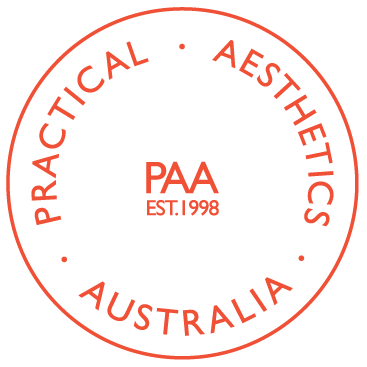FAQS
1. How many people are in each class?
Usually around 10 – 12 students. Class size is kept to a minimum, so that each student-actor gets plenty of in-class time to work on their various scenes.
2. How much preparation do I need to
do outside of class?
Allow for a minimum of 4 – 6 hours per week, or 2-3 rehearsals with different scene partners and practice groups. It’s very important to allow for this weekly preparation time in between classes, so that the skills can begin to be habituated.
3. Who takes the classes?
Working and auditioning actors, and occasionally actors who have not yet worked professionally but who are serious about doing so. We have had actors aged from 17 to 75.
4. Do you run classes for kids?
Not at this time. The youngest students to have participated in the part-time intensive were 17. However, Melissa has worked with kids on a number of projects and often works with them privately on audition preparation and American dialects.
5. What is the class environment?
The environment is professional, yet warm and supportive. Although there is a certain amount of theory and structure to the classes, we always relate the skills we are working on back to the real world.
6. What is expected of me as a student?
Attendance at all classes is required. You will be expected to honor your scene rehearsal and practice commitments to fellow student-actors as if they were paying jobs. Preparation for scenes is key, and the standard is extremely high. You will be asked to give specific and supportive feedback to fellow students in class. It’s all about creating work habits that will serve you well in the industry.
7. Is the Practical Aesthetics acting technique for film
or theatre or television?
PA is equally applicable for film, television, or theatre. We do not use cameras in the classroom or work on camera technique, which is seen as a separate set of skills. We concentrate on the craft of acting – analyzing scenes for playable objectives, performance technique, and moment-to-moment skills.
8. Do you ever offer casual or drop-in classes?
No. The P.A. script analysis and performance technique skills and their application are best studied in an intensive or part-time intensive environment.
9. I am already familiar with Practical Aesthetics – I’ve read the Practical Handbook and studied the technique as part of another course I did. Will I be able to go straight into the Intermediate/Advanced Levels Scene Class?
The Intermediate/Advanced Levels Scene Class is only open to those who have studied Practical Aesthetics previously with Practical Aesthetics Australia or at the Atlantic Acting School in New York.

